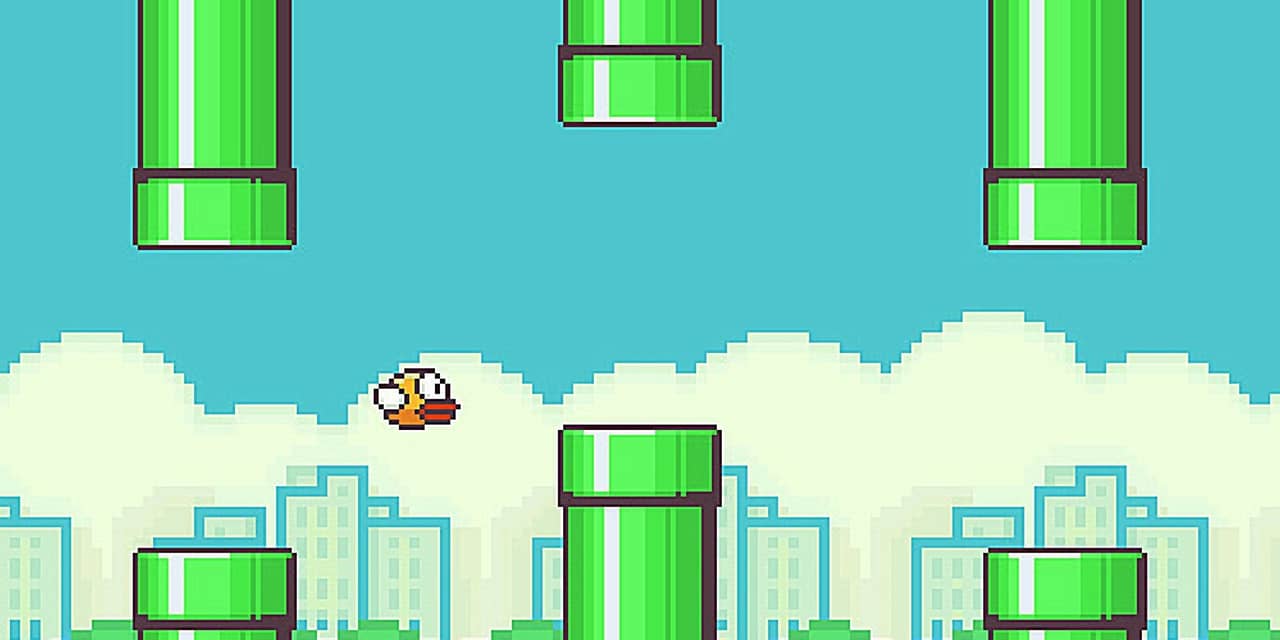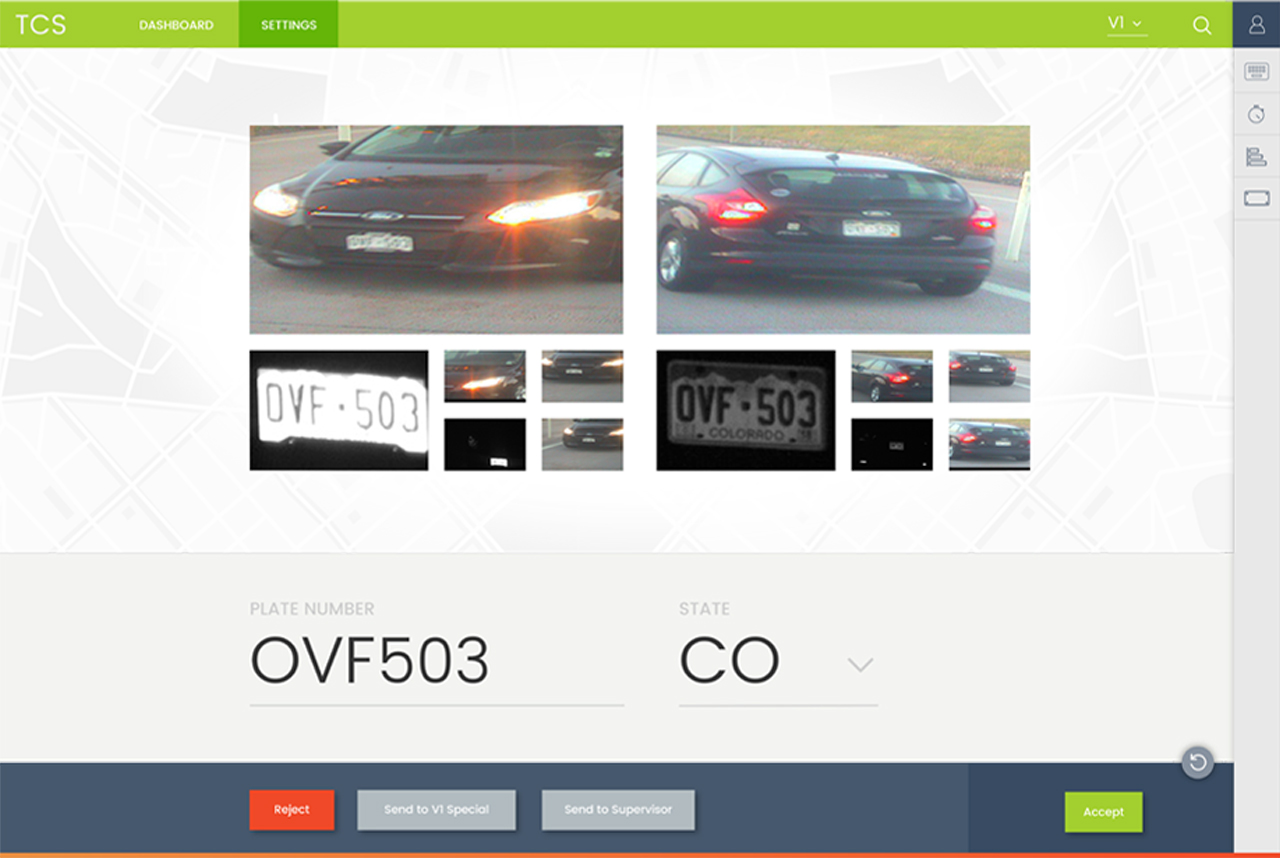
Like the current in a river:
Flow Psychology in Product Design

Humans will be humans
Of all the things that come along with working in UX and Product Design, I have always loved the human psychology side of design. There’s been so many projects and moments where I've been able to witness humans being humans and understanding why we do some of the things we do has always been a passion of mine.
During a discovery effort nearly a decade ago, my team and I were tasked with digging into software used by a Toll road company - where a small team of folks reviewed license plate imagery that OCR software couldn’t confidently identify.

Flow can lead to efficiency gains
One of our main goals as we began interviewing and studying the team was to attempt to speed up their review time per license plate. As we started, the typical review time was 6 seconds - leaving us little room for improvement. In order to find opportunities to uptick their review time nanoseconds at a time, I tasked my team with not only observing how they worked, but also to understand why these individuals were already so successful at reviewing license plate imagery.
While the tasks and work felt repetitive and maybe mundane to us as we began to investigate, these awesome folks were enjoying their time and seemed to be very happy with their work. We heard them tell us over and over again that they would get into a rhythm and it felt good. They could review a license plate picture and confirm or adjust the OCR output within an average of 6 seconds before moving on to the next. In turn, one of the most commonly expressed pain points was getting disrupted or forced to break their rhythm. Outside of a plethora of recommendations of potential software improvements, we knew we needed to at least preserve their flow and protect that rhythm.

Time turns elastic
We’ve all had that moment — where time disappears, distractions fall away, and we’re completely immersed in a task. Like the current in a river Psychologist Mihaly Csikszentmihalyi called this state “flow.” It’s not just a personal productivity buzzword; it’s a powerful psychological principle that has deep implications for product design. As we understood this team of toll road license plate reviewers and how they worked, we dug deep into the concepts of flow to round out our findings. We quickly realized it was because of Flow that these effective image reviewers found not only joy in their work, but efficiency as well.

Flow and usability go hand-in-hand
In UX, designing for flow means creating interfaces and experiences that keep users engaged, focused, and moving forward — without unnecessary friction or distraction. It’s about helping users feel competent, in control, and rewarded as they interact with your product.
Maybe you can relate - but from my experience of late, my self-checkout experience at the grocery store has become something I now tend to avoid. For some unknown reason, every so many items I attempt to scan and bag results in a hidden error, taking me out of my rhythm. I get a seemingly random timeout while some unenthused human comes to my rescue and clears my wrongdoing so I can continue trying to get all my stuff into bags - no thank you. Target and Sheetz currently standout as self-checkout experiences where I have yet to need human intervention - I'm able to swipe, bag and leave.
Flow is also an obvious pillar of successful game design. The mobile game Flappy Bird comes to mind when I think about flow. The point of the game IS flow. Not saying it was a perfect game - I loved it for a few weeks and then never touched it again. But - getting into that rhythm with that flapping bird was pretty addicting.

So how do we design for flow?
-
1. Match Challenge to Skill
Flow happens when the difficulty of a task is balanced with the user’s ability. If something is too easy, users get bored. Too hard, and they get anxious. Great UX anticipates this tension. It guides new users gently, while offering power and depth for advanced users.
✏️ Design takeaway: Use progressive disclosure, tiered onboarding, and contextual help to tailor experiences to users' evolving skills.
-
2. Provide Clear Goals and Feedback
Flow requires direction. Users need to know what they’re trying to accomplish, and get immediate feedback on their actions. Whether it’s a progress bar, confirmation message, or subtle animation — responsive feedback keeps users grounded and motivated.
🖍️ Design takeaway: Every action should have a visible reaction. Avoid ambiguity. Clarity breeds confidence.
-
3. Minimize Distractions
Flow breaks easily. A poorly timed modal, a confusing error, or even just visual clutter can snap users out of engagement. Design should support deep focus — especially in task-heavy products.
🖌️ Design takeaway: Prioritize content. Remove visual noise. Respect the user’s attention like it’s the most valuable resource you have — because it is.
-
4. Encourage Autonomy
Users thrive when they feel in control. Even small moments of agency — like customizing a dashboard, undoing an action, or setting preferences — can increase engagement and satisfaction.
✏️ Design takeaway: Empower users without overwhelming them. Offer choice, but guide wisely.
-
5. Reduce Cognitive Load
Flow depends on mental ease. If users are constantly guessing what something means or where to go next, they can’t engage deeply. Intuitive navigation, plain language, and visual consistency all reduce the “thinking tax” on the user’s brain.
🖍️ Design takeaway: Use familiar patterns. Keep copy conversational. Design like you're building a bridge — not a puzzle.

Your Locus of Focus
First and foremost, it's fun to say. "Locus of focus" refers to the location or point of concentration in a given task, often discussed in the context of motor performance and skill acquisition. It describes where an individual directs their attention – either internally on their bodily movements or externally on the environment or task outcome. Understanding and managing the locus of focus can be crucial for optimizing performance and learning new skills. This concept really hits home for me when I think about Flow state - it speaks to that intersection of our focus or attention and how we’re responding to stimuli.
This concept was important as we examined the reviewers’ current software interface. Their locus of focus needed to be comparing the license plate images to the OCR output. We suggested a new design that brought the license plate imagery clearly into emphasis. Additionally we recommended simplifying the interface, removing several unnecessary distractions.

Why it matters
Designing for flow isn’t just good UX — it’s good business. Flowing users are more productive, more satisfied, and more likely to return. They complete tasks, explore features, and recommend your product to others.
But more importantly, designing for flow means respecting the user’s time, energy, and humanity. It means crafting digital experiences that feel natural — even joyful. In a world full of noise and interruptions, creating spaces for flow is one of the most meaningful things we can do as designers.
As we summarized our findings and made recommendations to the clients, we focused on concepts like Flow and Autonomy. We presented tons of suggestions to improve the software and optimize their workflows, shaving additional nanoseconds off of their review time. Ultimately, one of the most important recommendations we made was to preserve all the existing attributes of their work atmosphere, environment and autonomous schedules that kept them easily finding a flow state.
I still love to return to this project even though it was completed ten years ago. It afforded me an opportunity to dive into so many human behavioral and psychological spaces that I find fascinating. Continuing to understand ourselves and humans in general has helped me apply these insights over the years to so many products and solutions.
Have you seen or been involved in products that attend to Flow concepts well? I’d love to hear your thoughts. Connect with me on LinkedIn.
